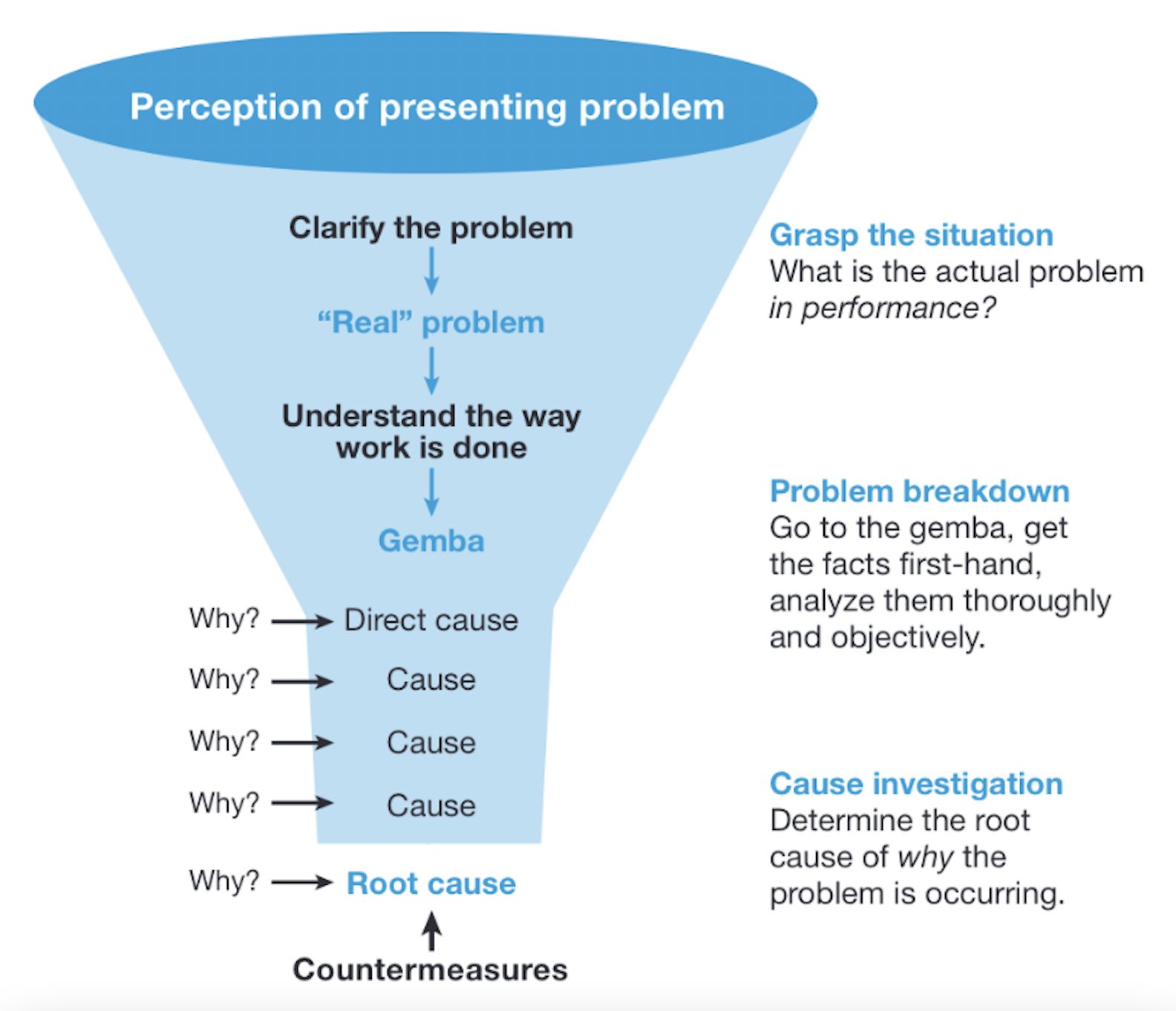Where Most Medical Assistants Work: Environments, Opportunities, and How to Get Started
Understanding the Typical Work Setting for Medical Assistants
Medical assistants play a pivotal role in the healthcare system, bridging the gap between administrative duties and clinical support for patients and doctors. If you’re considering a career in this field or looking to transition, understanding where most medical assistants work-and the realities of these environments-can help you make informed decisions and set clear expectations.
The Most Common Work Environment: Physicians’ Offices
Physicians’ offices are by far the most common workplace for medical assistants in the United States. According to the U.S. Bureau of Labor Statistics, 56% of medical assistants are employed in the offices of physicians [1] [2] [5] . This means that the majority of professionals in this field spend their days working directly alongside doctors and nurses, performing a blend of administrative and clinical tasks in private practice or group practice settings.
In a physician’s office, medical assistants may be responsible for scheduling appointments, managing patient records, taking vital signs, preparing patients for examinations, and assisting the physician during exams. The work environment is typically structured, with regular office hours-though some practices extend into evenings or weekends to accommodate patients.
Real-World Example: Imagine a busy family medicine clinic in a suburban neighborhood. Medical assistants here manage check-in procedures, help patients feel comfortable, update electronic health records, and provide much-needed support during routine patient visits. This environment is often fast-paced but offers regular hours and the opportunity to build lasting patient relationships.
Alternative Work Environments for Medical Assistants
While physicians’ offices are the most common setting, many medical assistants work in other healthcare environments:
- Hospitals (16%): Hospitals employ medical assistants in a variety of departments. The pace can be more intense, and hours may include nights, weekends, and holidays due to the round-the-clock nature of hospital care. Medical assistants in hospitals may also deal with more complex cases and emergencies [1] [3] .
- Outpatient Care Centers (9%): These facilities focus on services that do not require overnight stays, such as urgent care, specialty clinics, and diagnostic centers. Medical assistants here might have more specialized roles, such as supporting surgical procedures or working with specific patient populations [3] .
- Other Health Practitioners’ Offices (8%): This includes practices like podiatry, ophthalmology, and chiropractic care, where medical assistants can acquire additional skills relevant to these specialties [1] .
Each environment comes with its own set of routines, challenges, and opportunities. For example, outpatient centers may offer more consistent daytime hours than hospitals, but hospitals may provide broader experience and advancement opportunities.

Source: dorsey.edu
Work Schedules and Daily Expectations
Most medical assistants work full-time, generally following an eight-hour shift. In environments such as hospitals or urgent care, shifts can occur at any time of the day or week, including nights and holidays. In physician offices and outpatient centers, hours are typically more predictable, aligning with standard office hours [1] .

Source: pinterest.com
A typical day can include checking in patients, updating medical records, preparing exam rooms, assisting with minor procedures, and handling administrative tasks. The ability to multitask and manage time efficiently is crucial, as is maintaining a positive attitude amid a sometimes fast-paced and demanding environment.
Job Satisfaction, Benefits, and Challenges
Medical assistants often report high levels of job satisfaction with their work environment. A recent survey found that 59% of medical assistants rate their work environment at least 4 out of 5 stars [5] . Benefits such as paid time off, dental coverage, vision, sick leave, and major medical insurance are commonly offered, especially for full-time employees [2] .
However, there are challenges to consider. High workload, especially in busy practices or during peak times, can lead to stress and fatigue. Some medical assistants experience long days, overtime, and a lack of breaks, particularly in environments where staffing is tight or patient demand is high [4] . While the majority are satisfied with their jobs, only a small portion report being fully satisfied with compensation. Recognizing these challenges and preparing coping strategies-such as time management and clear communication with supervisors-can help mitigate potential downsides.
How to Access Opportunities in Medical Assisting
If you’re interested in pursuing a career as a medical assistant, there are several pathways to entry:
- Education: Most employers require completion of a postsecondary program in medical assisting, which can often be completed in one to two years. These programs are offered at community colleges, technical schools, and some universities. To find an accredited program, consider searching for “Commission on Accreditation of Allied Health Education Programs” or “accredited medical assistant programs near me.”
- Certification: While not always required, obtaining certification (such as the Certified Medical Assistant, or CMA) can improve job prospects. You can learn about certification requirements and exam preparation by visiting the official American Association of Medical Assistants (AAMA) website or contacting your state’s medical board for recognized credentials.
- Job Search: Job opportunities can be found on healthcare-focused job boards, hospital and clinic websites, and through staffing agencies. Use search terms like “medical assistant jobs in [your city]” or “entry-level medical assistant positions.” You can also reach out directly to local physicians’ offices, urgent care centers, and specialty clinics to inquire about open positions.
- Networking and Internships: Many educational programs include internships or externships that provide hands-on experience. Building professional relationships during these training periods can often lead to permanent positions. Consider joining professional associations such as the AAMA or attending local healthcare job fairs.
Alternative Approaches: For those interested in flexible or part-time arrangements, consider opportunities in outpatient care centers or specialty clinics that may offer more predictable schedules. Telemedicine and remote administrative medical assistant roles are emerging, though these are still less common and often require additional training in digital health platforms.
Step-by-Step Guide to Launching Your Career
- Research Accredited Programs: Use search engines or visit your local community college’s official website to find programs with strong reputations and high job placement rates.
- Verify State Requirements: Some states have specific regulations or registration requirements for medical assistants. Visit your state’s health department website or search “[Your State] medical assistant requirements” for the most current information.
- Apply for Financial Aid: If needed, research scholarships or federal aid options. The Free Application for Federal Student Aid (FAFSA) is the starting point for most federal student aid in the U.S.
- Complete Your Training: Attend all required classes, participate in clinical rotations, and seek feedback from instructors and supervisors.
- Obtain Certification: After graduation, register for the certification exam if desired or required by your employer. Review study resources and practice exams available through the AAMA or other recognized agencies.
- Begin Your Job Search: Prepare a resume highlighting your education, clinical experience, and technical skills. Reach out to local employers and apply to multiple positions to increase your chances.
Key Takeaways and Next Steps
The majority of medical assistants work in physicians’ offices, offering steady hours and a structured environment. However, ample opportunities exist in hospitals, outpatient care centers, and specialty practices. While the field provides job satisfaction and comprehensive benefits, it can also come with high workloads and the need for strong time-management skills.
To access these opportunities, research accredited programs, understand your state’s requirements, and consider certification to stand out in the job market. If you need more guidance, contact your local community college’s health sciences department, ask practicing medical assistants for advice, or attend a local healthcare job fair to learn more about available positions and requirements.
References
- [1] Concorde Career Colleges (2025). Medical Assisting Positions: Job Duties, Outlook, and Environment.
- [2] Pennsylvania Institute of Technology (2024). Medical Assistant Statistics and Trends.
- [3] Goodwin University (2023). Medical Assistant Job Outlook.
- [4] BMC Health Services Research (2024). Leaving the profession as a medical assistant: a qualitative study.
- [5] Stepful (2024). Medical Assistant Statistics (Employment, Salary, & More).



